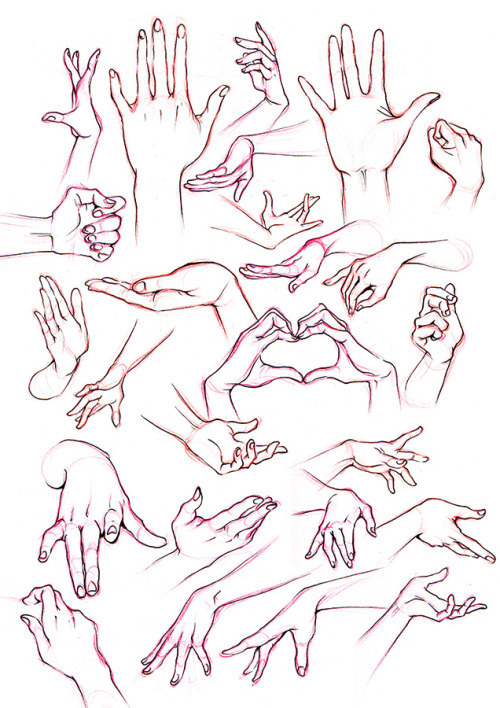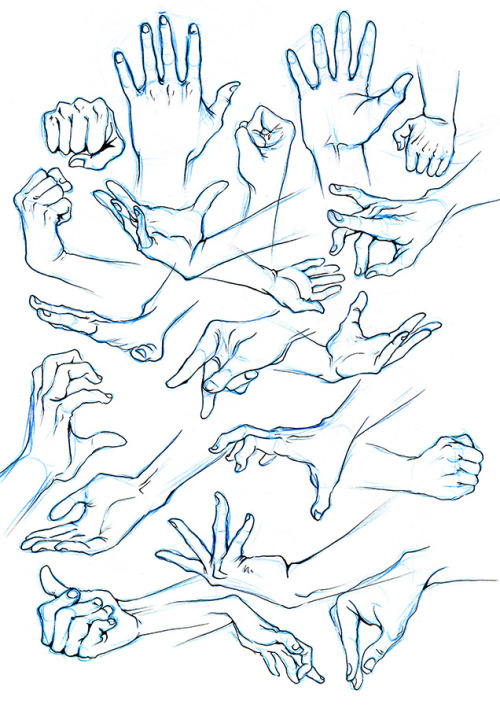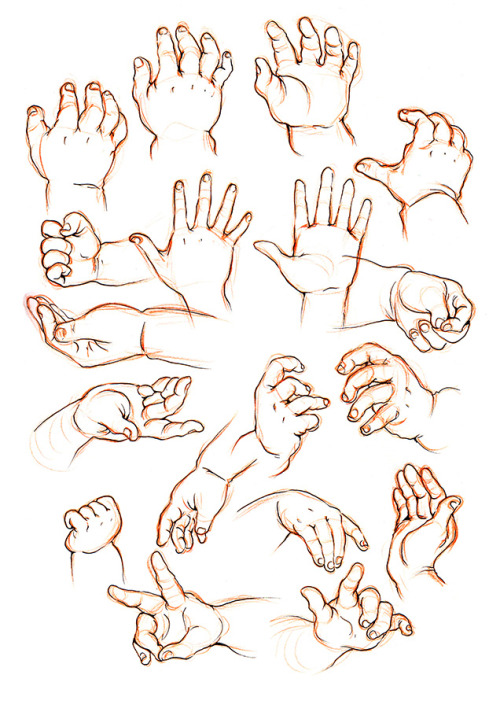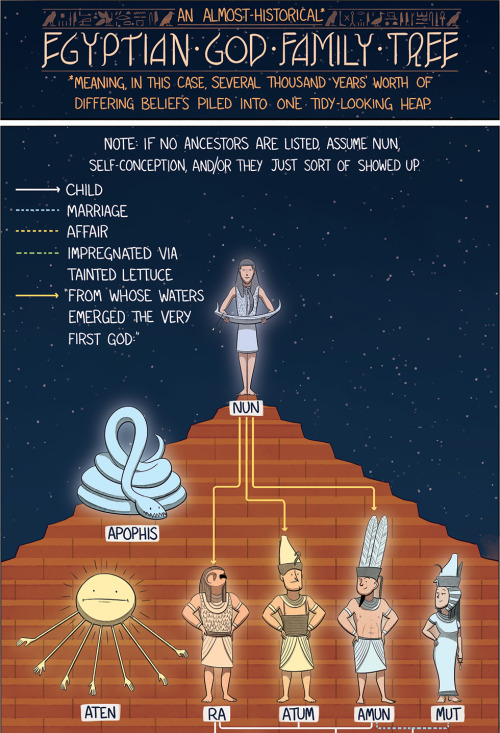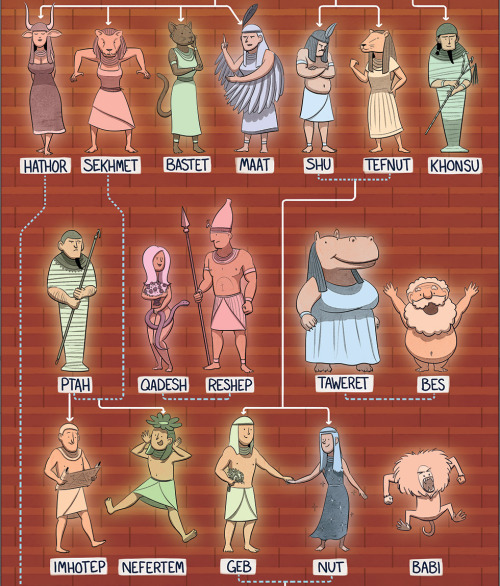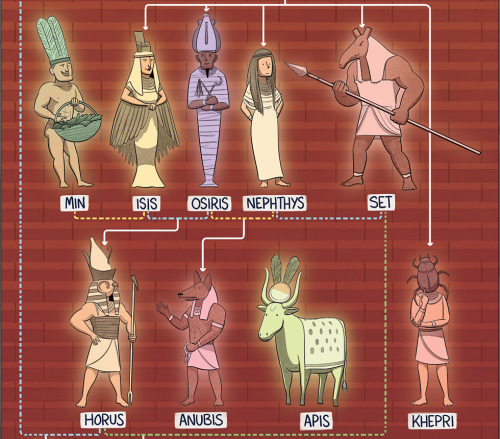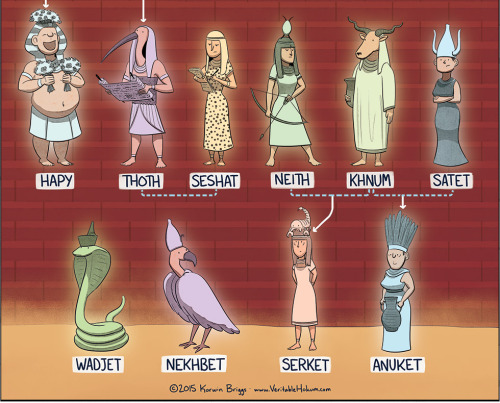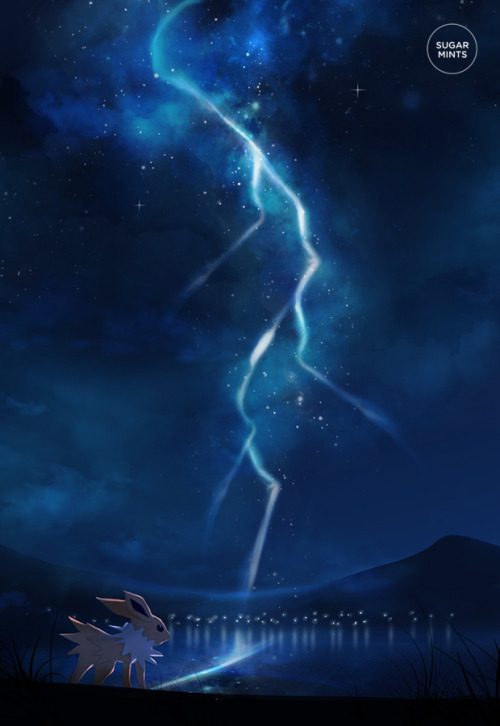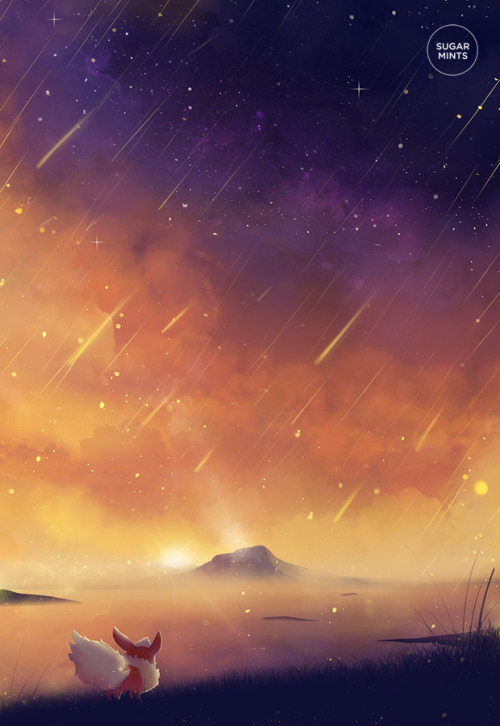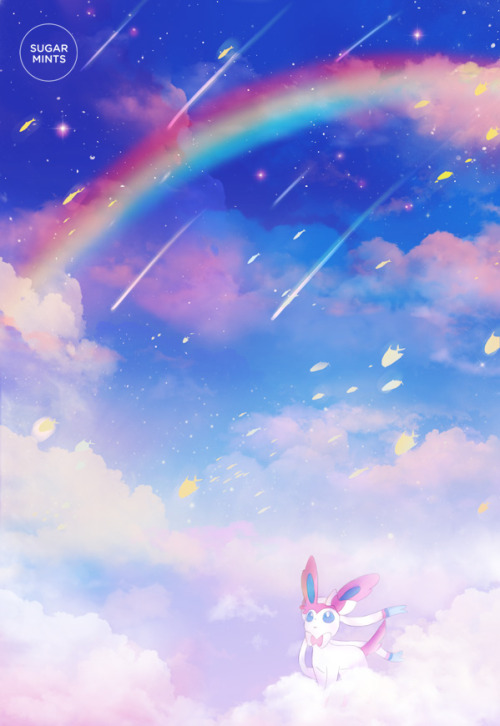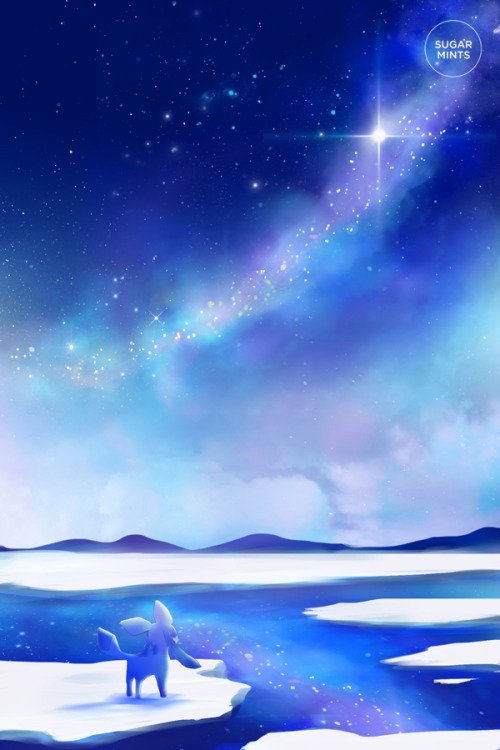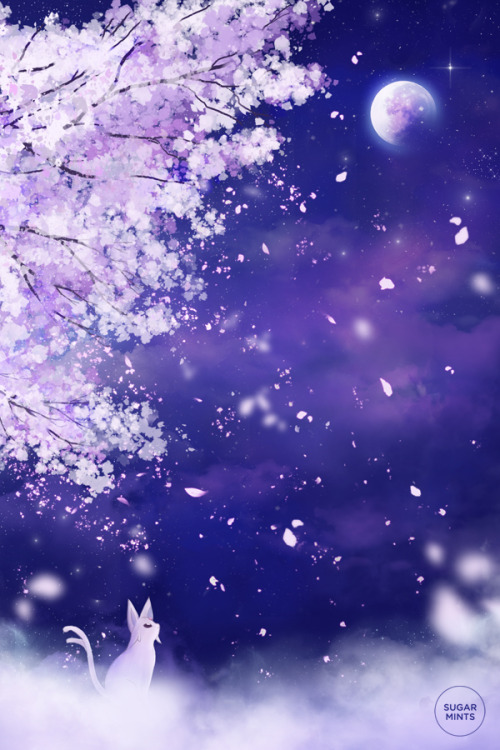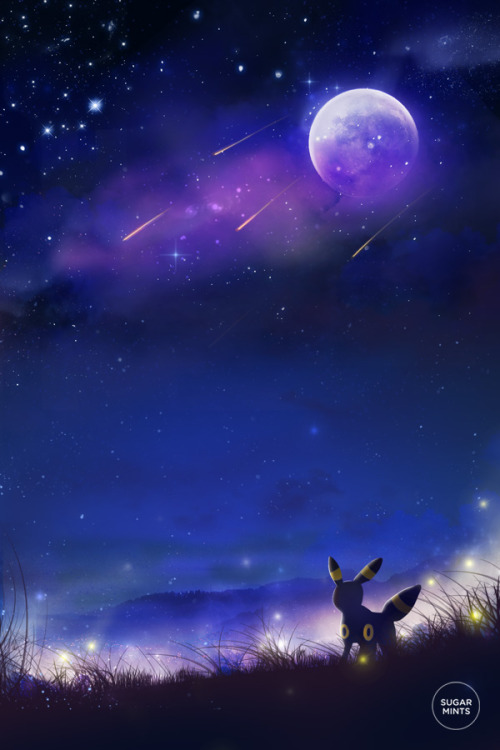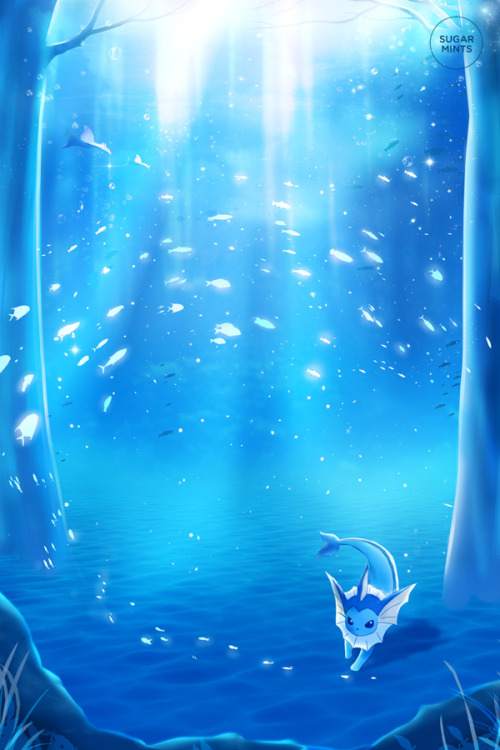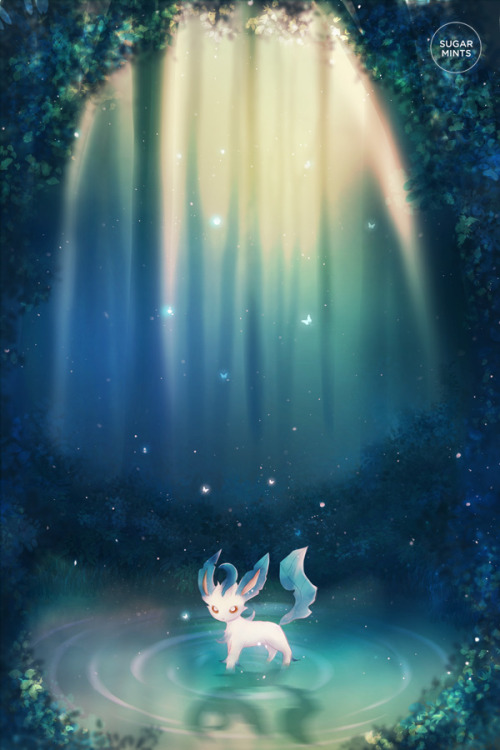My Neighbor Totoro House Built IRL.
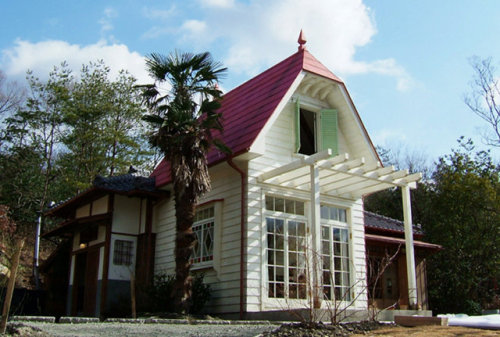
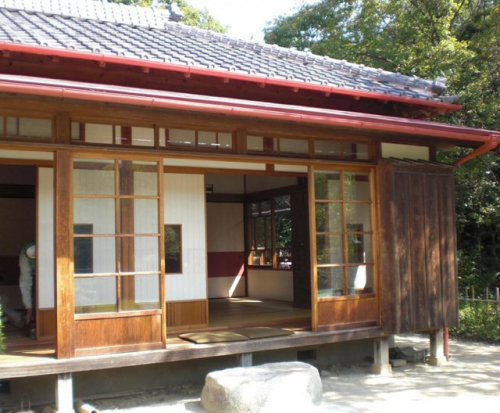
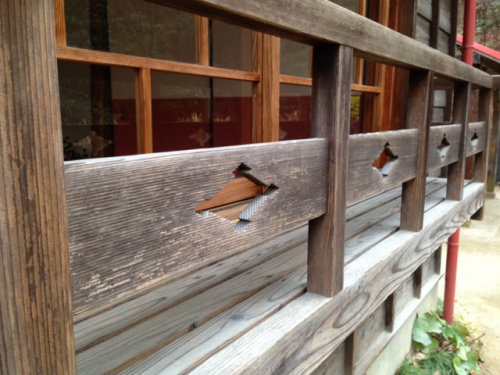
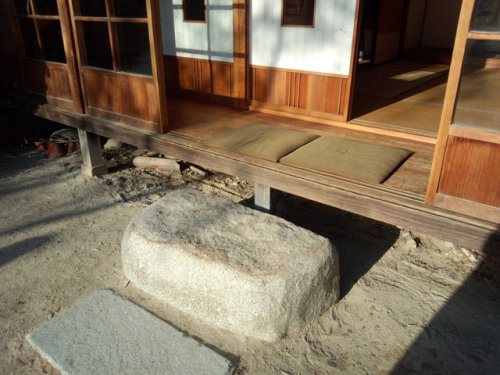
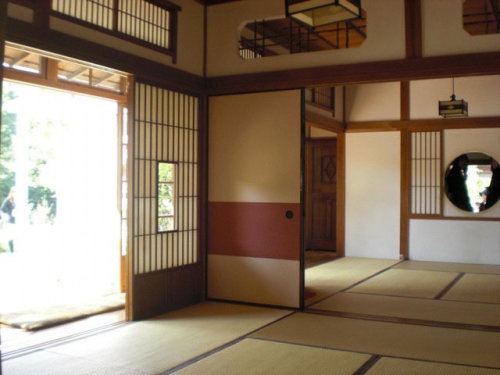
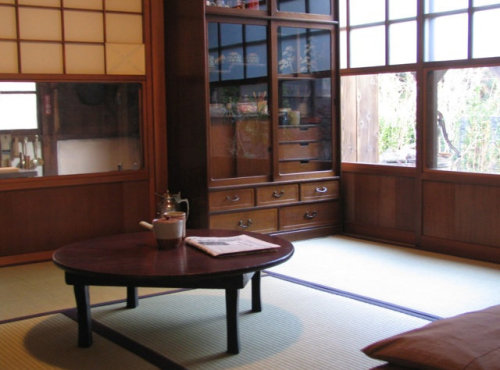
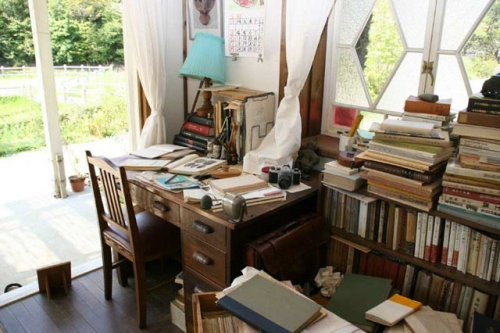
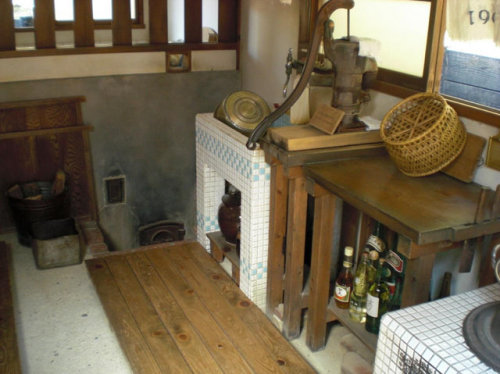
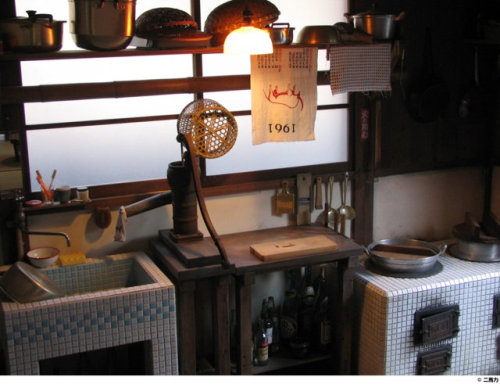
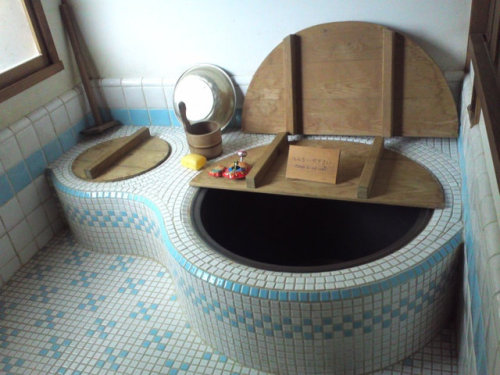
My Neighbor Totoro house built IRL.
More Posts from Zelo-ref and Others
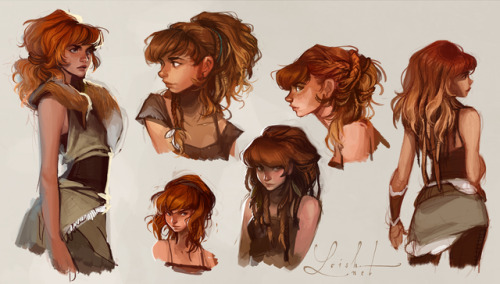
So happy to finally be able to share this! It’s some early concept art of Aloy, the lead character of Horizon: Zero Dawn. I worked on this character together with the rest of the character team for a few months in 2013. It was a huge honor working with Guerrilla Games and their inspiring, talented team. I loved working on this character! These images can be seen in this neat featurette about Aloy: www.youtube.com/watch?v=bw5Jnh… as well as in the artbook that comes with the collector’s edition of the game! Images © Sony and Guerrilla Games.

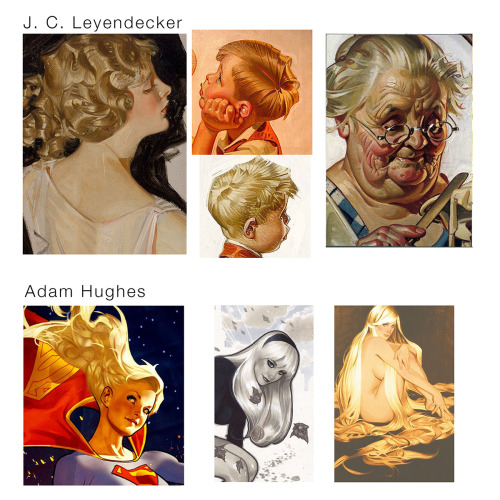
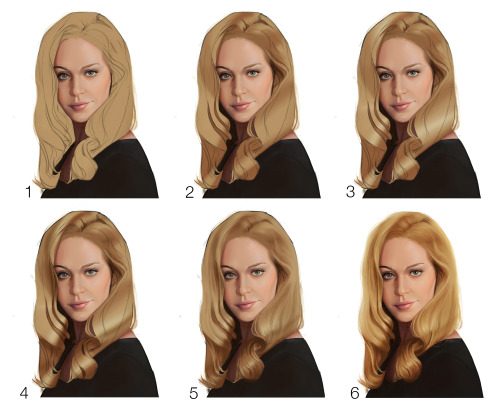
’What is hair and how i can render it?’
I got this question and I really wanted to show on very simple examples how to render hair. Because it really is… simple! Following this guide you will be able to paint hair in few minutes.
This is called the ribbon technique.
It is used by many artists out there. I just wanted to show you a couple of examples. As you can see I picked Adam Hughes and J. C. Leyendecker. Look at it and see how they paint the hair. It doesn’t look like a mop. It looks more like big, overlapping shapes organized in some fashion.
Try to imagine a string of hair like a ribbon. Ribbon symbolize a large portion of hair. Don’t focus on every single hair string, instead of this imagine it as bigger shape. It will catch light in highest point and it will have core shadows.
Establish where light is hitting the hair and where it turns dark. Start with big shapes. big brushes to get the lights and volumes right. Then You can go into details and paint small brush strokes to add details like single hair strings.
I attached two examples. First is very simple where you can clearly see and understand the similarity between hair and ribbon. Second example is theory put into practice. But it’s basically doing the same things as shown in simple example.
Let me know what you think about this?
I based my knowledge on James Gurney blog (author of Dinotopia and Light and Color book)
And for the example I used Faestock (from deviantart) photo.
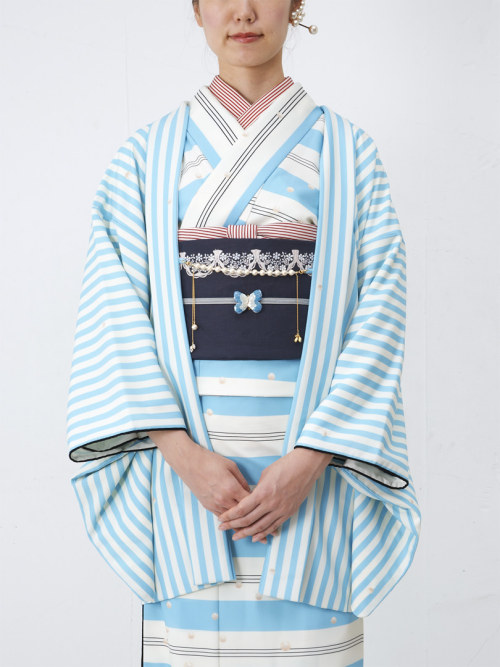
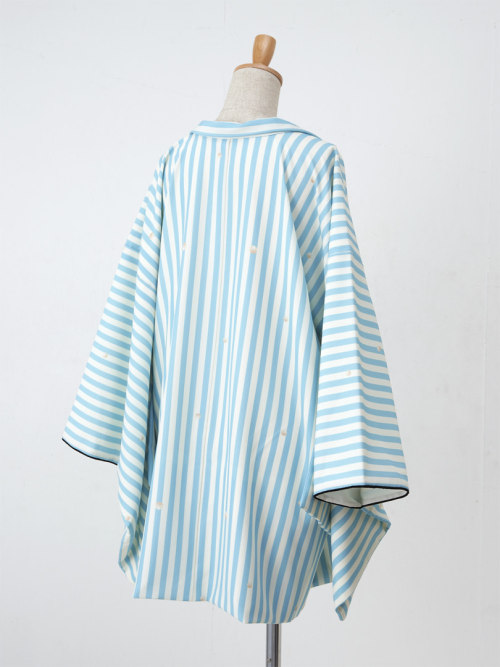

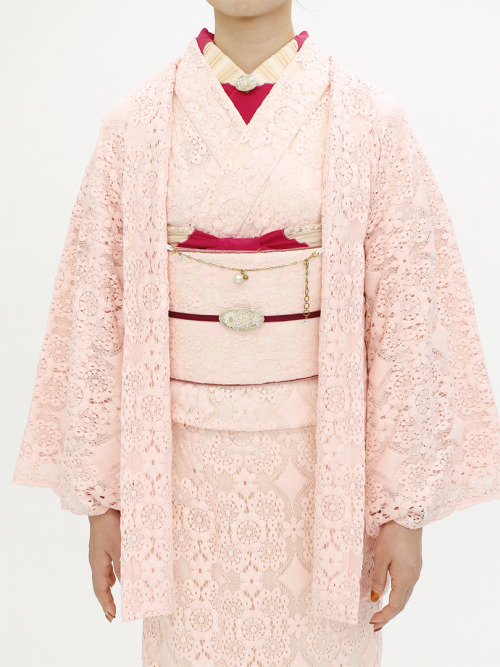
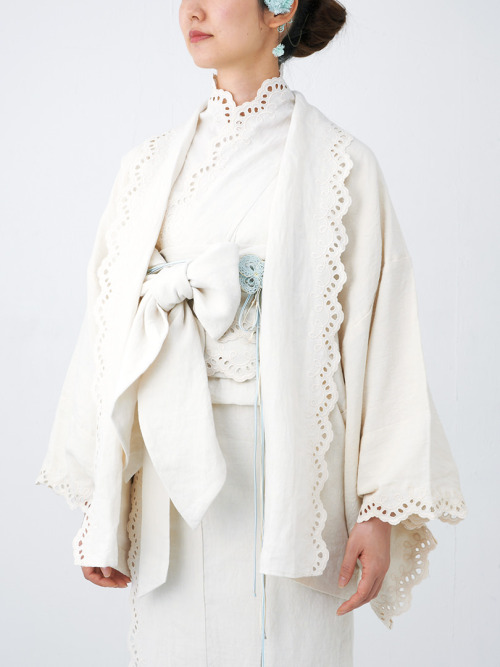



One more post from kimono shop “Double Maison”! These are very modern and cute takes on haori (kimono jackets).
hi there!! may i ask if you have any tips when it comes to making a color palette/picking colors? the colors of your finished pieces (and even your wips) are always amazing to look at!
ALRIGHT ANON BRACE YOURSELF. I spent a really long time on this sO HERE COMES A REALLY INTENSIVE COLOUR TUTORIAL AKA Houdi learns much in college painting classes.As usual, we need sth to work with so we’re gonna use my OC Anna. Everyone, meets Anna.

Anyway, every drawing starts with a sketch. We have a sketch plus a crash course on warm and cool colour idk why I wrote “hot” and “cold” here but whatever it’s late.

ANYWYAY, what you’ll need to know is red = warm and blue = cool. Anything deprived from these two are gonna be either cool or warm based on the colours surrounding them, so there is no in between. And an important thing related to palette is the line colours. If you’re painting without lines then it doesn’t matter, obv. But choosing the line colours for your drawing is very important. I used to do dark red but HAHA no. Lately I’ve been enjoying a lot of greyish purples and blues, since they’re pretty dark and neutral.
While we’re at it, let’s talk grey. Below is a horrible chart of complementary colours –> greys.

Idealy, they all should be cool machine grey. But alas, I’m not pulling out my oil paint for this and I can’t really blend digitally like I blend tradinationally sO WHATEVER. Anyway, greys are important in your piece. At least for me. It calms the colours down if it’s too vibrant, and lets the eyes travel throughout with ease. I’ll show you the differences later!


Now on to the actual colouring. Usually I start out with the lightest and then shade. Here I’ve blocked out the part where I want the shadow to be. What I do when I choose colours to shade is I use a warm and cool colour, not neccessairly complementary. It depends on which colours you like. I would advise to not use too saturated colours as of yet. I would blend those colours out, and choose the greyish/greenish colour they make. Sometimes you would get purple too, I usally just choose it from the colour wheel if I need it.



Now is the time to choose a darker slightly more saturated colours for the shadows. And just, blend everything until u die. More layers of shadows adds more depth, but it’s also can destroy all your colours altogther, so I suggest 3-4 shades + blush (is applicable) at most. (Althought 5 is when the fun really starts. It’s also kinda advanced and I suck at it lol)

Anyway, colouring lines makes the face lit up.
Hair. Same process.



For the clothes, I chose a really de-saturated blue, and a yellow that’s not too bright. You can see the most saturated thing right now on her is the hair, the eyes, and the buttons on her collar.

Below I have messed around with the saturation. And while to each their own (I kno, that really saturated one might look temtping but stay with me), if you’re just starting out with colours, try to use a more variety of saturation. Too saturated makes it very hard on the eyes, and the printing is gonna be hell on Earth. Too much de-saturation is just meh for me. Ofc, there are artists who utilizes these colours very well, but they know when to and not to abuse them. Just play around and see what you like. BUT TRY AND USE SOME GREYS THEY ARE MAGICAL. And no absolutely no black for shading. Just don’t. please.

Anyway, filters. I like overlaying. Just don’t abuse it cause when you’re doing traditional art after this you’ll cry.

Here’s some colour relationship charts I had to do in college lol it was really hard to mix them with oil paint.

I hope that was useful for you anon! There is another question for how I do BG and PLEASE BE PATIENCE WITH ME IT’S TAKING A VERY LONG TIME TO COMPILE THINGS TOGETHER ;;;;;

Dolce & Gabbana at Milan Fashion Week Fall 2012
*cough* I was wondering if you could make a tutorial or something on how you draw your arms. >=> or if you have any artists you got inspiration from... ;-; your Sourin makes me really happy btw :3
Arms huh…yeah I have to say, arms are a pain for me to draw sometimes. It’s hard to make them look natural and it’s part of what make drawing people so difficult, because if the arm don’t look right, the rest of the body looks stiff. The shoulder, arms, and hands are among the most expressive of body parts, so it’s important to keep that in mind. Everything I know about drawing arms is based off of real life observation lol. (seriously though, I’ll stare at people’s arms, and sometimes my own, when I’m at the gym. If you have especially nice arm muscle definition, I will stare a lot lmao. I also just stare at people’s arms in general too. I promise I’m not creepy.) This is a basic rundown of how I go about drawing arms:

I divide it into three parts, the shoulder part that connects it to the rest of the body, the upper arm, and the forearm. Three tube-like lumps lmao. You can vary the amount of muscle and muscle definition to change it up.
-
 ai-meems liked this · 4 months ago
ai-meems liked this · 4 months ago -
 valerieyo liked this · 7 months ago
valerieyo liked this · 7 months ago -
 nerdyninjaprincess liked this · 7 months ago
nerdyninjaprincess liked this · 7 months ago -
 daydreamer24-7 liked this · 9 months ago
daydreamer24-7 liked this · 9 months ago -
 eekwinn liked this · 10 months ago
eekwinn liked this · 10 months ago -
 safetycgreen reblogged this · 10 months ago
safetycgreen reblogged this · 10 months ago -
 cat-mermaid reblogged this · 10 months ago
cat-mermaid reblogged this · 10 months ago -
 cat-mermaid liked this · 10 months ago
cat-mermaid liked this · 10 months ago -
 aestheticbrowsing liked this · 1 year ago
aestheticbrowsing liked this · 1 year ago -
 trukqsvi reblogged this · 1 year ago
trukqsvi reblogged this · 1 year ago -
 030324whynot reblogged this · 1 year ago
030324whynot reblogged this · 1 year ago -
 elafranco2024 liked this · 1 year ago
elafranco2024 liked this · 1 year ago -
 sheet-metal-memories reblogged this · 1 year ago
sheet-metal-memories reblogged this · 1 year ago -
 ocular-sinister liked this · 1 year ago
ocular-sinister liked this · 1 year ago -
 mythfied reblogged this · 1 year ago
mythfied reblogged this · 1 year ago -
 danielkahndyke liked this · 1 year ago
danielkahndyke liked this · 1 year ago -
 janisgoblin reblogged this · 1 year ago
janisgoblin reblogged this · 1 year ago -
 cakeissweeterthanpickles reblogged this · 1 year ago
cakeissweeterthanpickles reblogged this · 1 year ago -
 oveliagirlhaditright liked this · 1 year ago
oveliagirlhaditright liked this · 1 year ago -
 i-love-books-because-reasons reblogged this · 1 year ago
i-love-books-because-reasons reblogged this · 1 year ago -
 i-love-books-because-reasons liked this · 1 year ago
i-love-books-because-reasons liked this · 1 year ago -
 beware-thegemini liked this · 1 year ago
beware-thegemini liked this · 1 year ago -
 shy-and-reserved reblogged this · 1 year ago
shy-and-reserved reblogged this · 1 year ago -
 porcelainie liked this · 1 year ago
porcelainie liked this · 1 year ago -
 pierangelis reblogged this · 1 year ago
pierangelis reblogged this · 1 year ago -
 pierangelis liked this · 1 year ago
pierangelis liked this · 1 year ago -
 all-things-fandomstuck reblogged this · 1 year ago
all-things-fandomstuck reblogged this · 1 year ago -
 all-things-fandomstuck liked this · 1 year ago
all-things-fandomstuck liked this · 1 year ago -
 pumpkinsae reblogged this · 1 year ago
pumpkinsae reblogged this · 1 year ago -
 pumpkinsae liked this · 1 year ago
pumpkinsae liked this · 1 year ago -
 r1x513 reblogged this · 1 year ago
r1x513 reblogged this · 1 year ago -
 haveimentionediloveyou reblogged this · 1 year ago
haveimentionediloveyou reblogged this · 1 year ago -
 borealislaura liked this · 1 year ago
borealislaura liked this · 1 year ago -
 some1liveshere reblogged this · 1 year ago
some1liveshere reblogged this · 1 year ago -
 kaztora-2023 liked this · 1 year ago
kaztora-2023 liked this · 1 year ago -
 musashi634-t reblogged this · 1 year ago
musashi634-t reblogged this · 1 year ago -
 alfie-a-wolf-dog liked this · 1 year ago
alfie-a-wolf-dog liked this · 1 year ago -
 door88 liked this · 1 year ago
door88 liked this · 1 year ago -
 dejamepiola0404 liked this · 1 year ago
dejamepiola0404 liked this · 1 year ago -
 thatbitchsimone liked this · 1 year ago
thatbitchsimone liked this · 1 year ago -
 grandengineertastemaker-blog liked this · 1 year ago
grandengineertastemaker-blog liked this · 1 year ago -
 jayo01 liked this · 1 year ago
jayo01 liked this · 1 year ago -
 shermalysed reblogged this · 1 year ago
shermalysed reblogged this · 1 year ago
